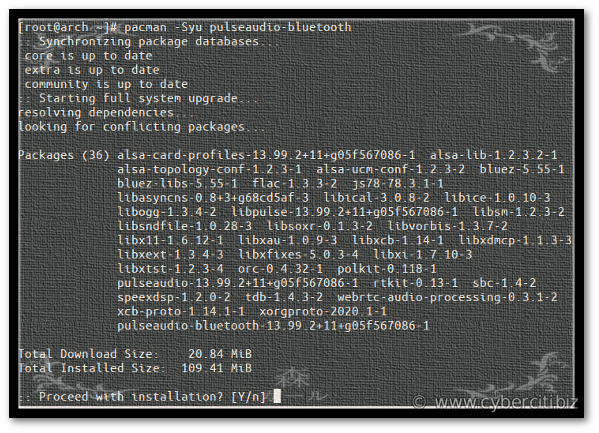Battery life
I was very happy to see that Fedora Workstation 28 in the Phoronix benchmark got the best power consumption on a Dell XPS 13. Improving battery life has been a priority for us and Hans de Goede has been doing some incredible work so far. And best of all; more is to come :). So if you want great battery life with Linux on your laptop then be sure to be running Fedora on your laptop! On that note and to state the obvious, be aware that Fedora Workstation adoption rates are actually a major metric for us to decide where to put our efforts, so if we see good growth in Fedora due to people enjoying the improved battery life it enables us to keep investing in improving battery life, if we don’t see the growth we will need to conclude people don’t care that much and more our investment elsewhere.
Desktop remoting under Wayland
The team is also making great strides with desktop remoting under Wayland. In Fedora Workstation 29 we will have the VNC based GNOME Shell integrated desktop sharing working under Wayland thanks to the work done by Jonas Ådahl. It relies on PipeWire to share you Wayland session over VNC.
On a similar note Jan Grulich, Tomas Popela and Eike Rathke has been working on enabling Wayland desktop sharing through Firefox and Chromium. They are reporting good progress and actually did a video call between Firefox and Chromium last week, sharing their desktops with each other. This is enables by providing a PipeWire backend for both Firefox and Chromium. They are now working on cleaning up their patches and prepare them for submission upstream. We are also looking at providing a patched Firefox in Fedora Workstation 28 supporting this.
PipeWire
Wim Taymans talked about and demonstrated the latest improvements to PipeWire during GUADEC last week. He now got a libpulse.so drop in replacement that allows applications like Totem and Rhythmbox to play audio through PipeWire using the PulseAudio GStreamer plugin as Pipewire now provides a libpulse.so drop in replacement. Wim also keeps improving the Jack support in PipeWire by testing Jack applications one by one and fixing corner cases as he discovers them or they are reported by the Linux pro-audio community. We also ended up ordering Wim a Sony HT-Z9F soundbar for testing as we want to ensure PipeWire has great support for passthrough, be that SPDIF, HDMI or Bluetooth. The HT-Z9F also supports LDAC audio which is a new high quality audio format for Bluetooth and we want PipeWire to have full support for it.
To accelerate Pipewire development and adoption for audio we also decied to try to organize a PipeWire and Linux Audio hackfest this fall, with the goal of mapping our remaining issues and to try to bring the wider linux audio community together. So I am very happy that Arun Raghavan of PulseAudio fame agreed to be one of the co-organizer of this hackfest. Anyone interested in attending the PipeWire 2018 hackfest either add yourself to the attendee list or contact me (contact information can be found through the hackfest page) and I be happy to add you. The primary goal is to have developers from the PulseAudio and JACK communities attend alongside Wim Taymans and Bastien Nocera so we can make sure we got everything we need on the development roadmap and try to ensure we all pull in the same direction.
GNOME Builder
Christian Hergert did an update during GUADEC this year on GNOME Builder. As usual a ton of interesting stuff happening including new support for developing towards embedded devices like the upcoming Purism phone. Christian in his talk mentioned how Builder is probably the worlds first ‘Container Native IDE’ where it both is being developed with being packaged as a Flatpak in mind, but also developed with the aim of creating Flatpaks as its primary output. So a lot of effort is being put into both making sure it works well being inside a container itself, but also got all the bells and whistles for creating containers from your code. Another worthwhile point to mention is that Builder is also one of the best IDEs for doing Rust development in general!
Game mode in Fedora
Feral Interactive, one of the leading Linux game companies, released a tool they call gamemode for Linux not long ago. Since we want gamers to be first class citizens in Fedora Workstation we ended up going back and forth internally a bit about what to do about it, basically discussing if there was another way to resolve the problem even more seamlessly than gamemode. In the end we concluded that while the ideal solution would be to have the default CPU governor be able to deal with games better, we also realized that the technical challenge games posed to the CPU governor, by having a very uneven workload, is hard to resolve automatically and not something we have the resources currently to take a deep dive into. So in the end we decided that just packaging gamemode was the most reasonable way forward. So the package is lined up for the next batch update in Fedora 28 so you should soon be able to install it and for Fedora Workstation 29 we are looking at including it as part of the default install.


